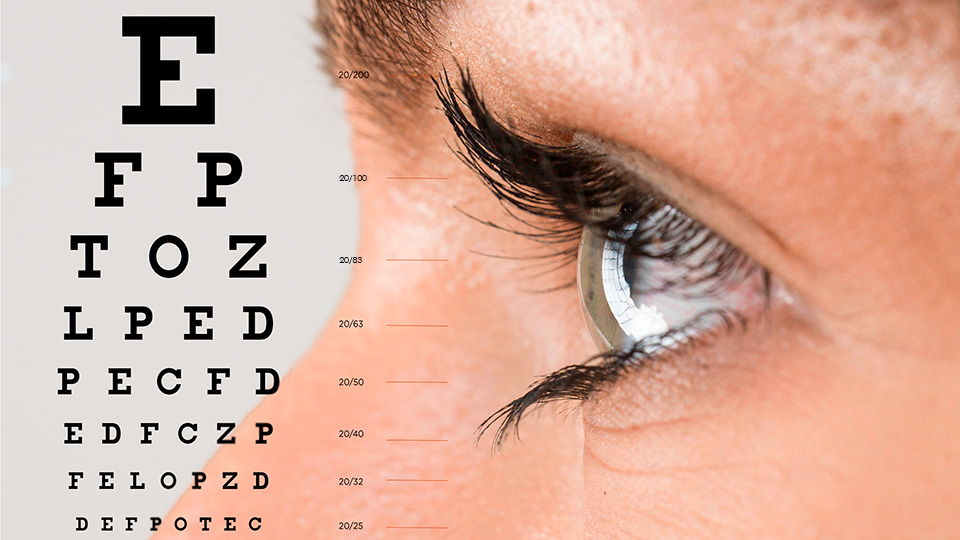What are migraines with visual aura?
16/12/2025

29/03/2023
The ETDRS is a test used to measure the visual acuity of patients who suffer from low vision, that is to say, with vision below the desired level and it takes its name from the study for which it was designed: Early Treatment Diabetic Retinopathy Study
The ETDRS is a reliable, standardised and reproducible way of measuring visual acuity. It is the benchmark test for low vision, retinopathy monitoring and clinical trials.
The test comprises rows with 5 signs on each one, where the size is the only variable among them. The white spaces between the signs and the rows are also the same size. They may be in the format of numbers, different letters, the letter E or C among others. The patient, who is a certain distance away from the chart depending on their vision, must guess 4 of the 5 values on the line to be considered correct.
The optician or optometrist must record which eye, the distance, the number of letters guessed correctly, the decimal equivalent which is obtained from a chart and the lighting conditions. When there is a decrease of 4 or more correctly guessed letters between visits, there is understood to be a complication in the patient’s retinal condition and it is not just the result of a bad day.
Raúl Angulo, optician-optometrist at the Barraquer Ophthalmology Centre